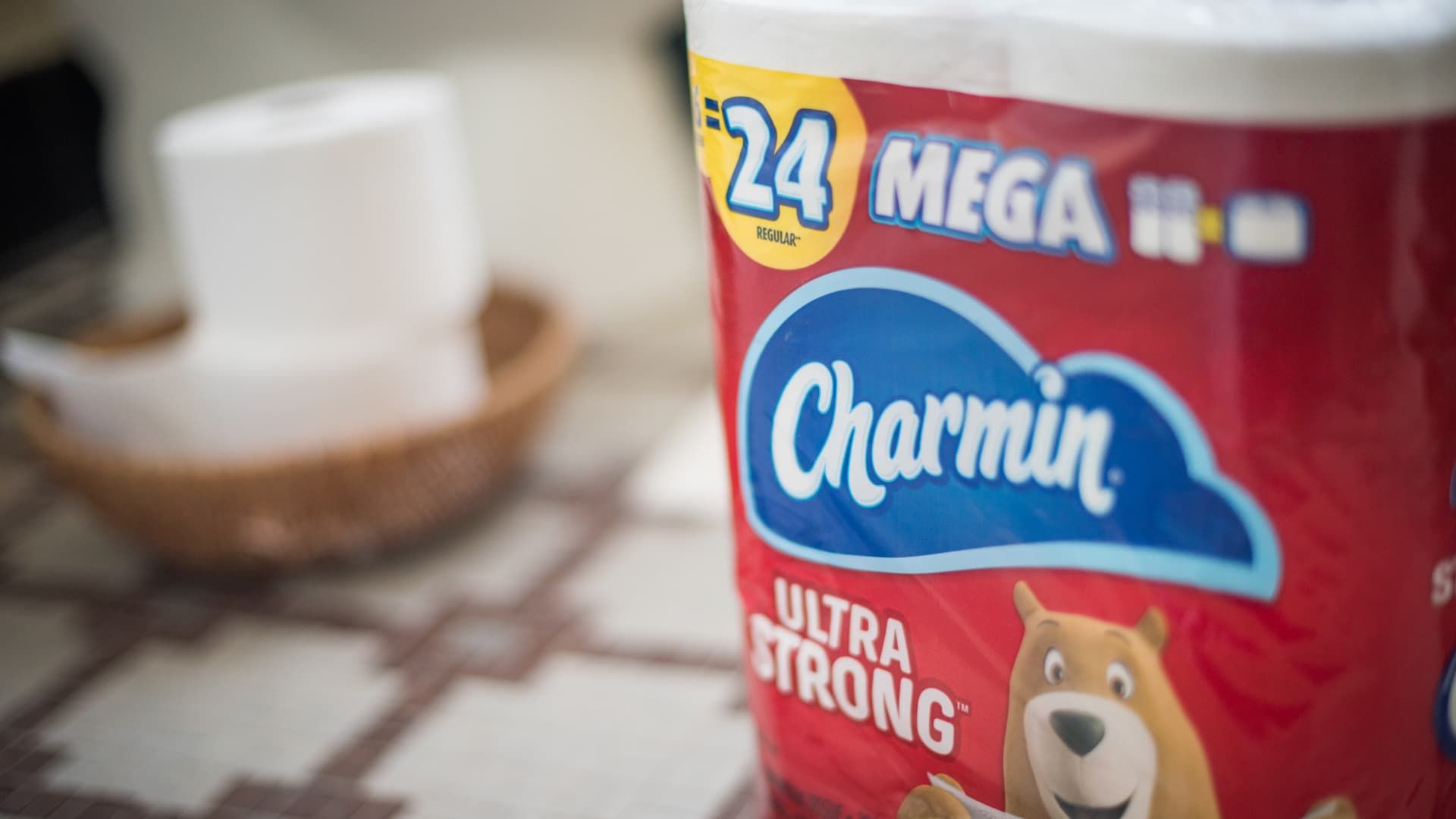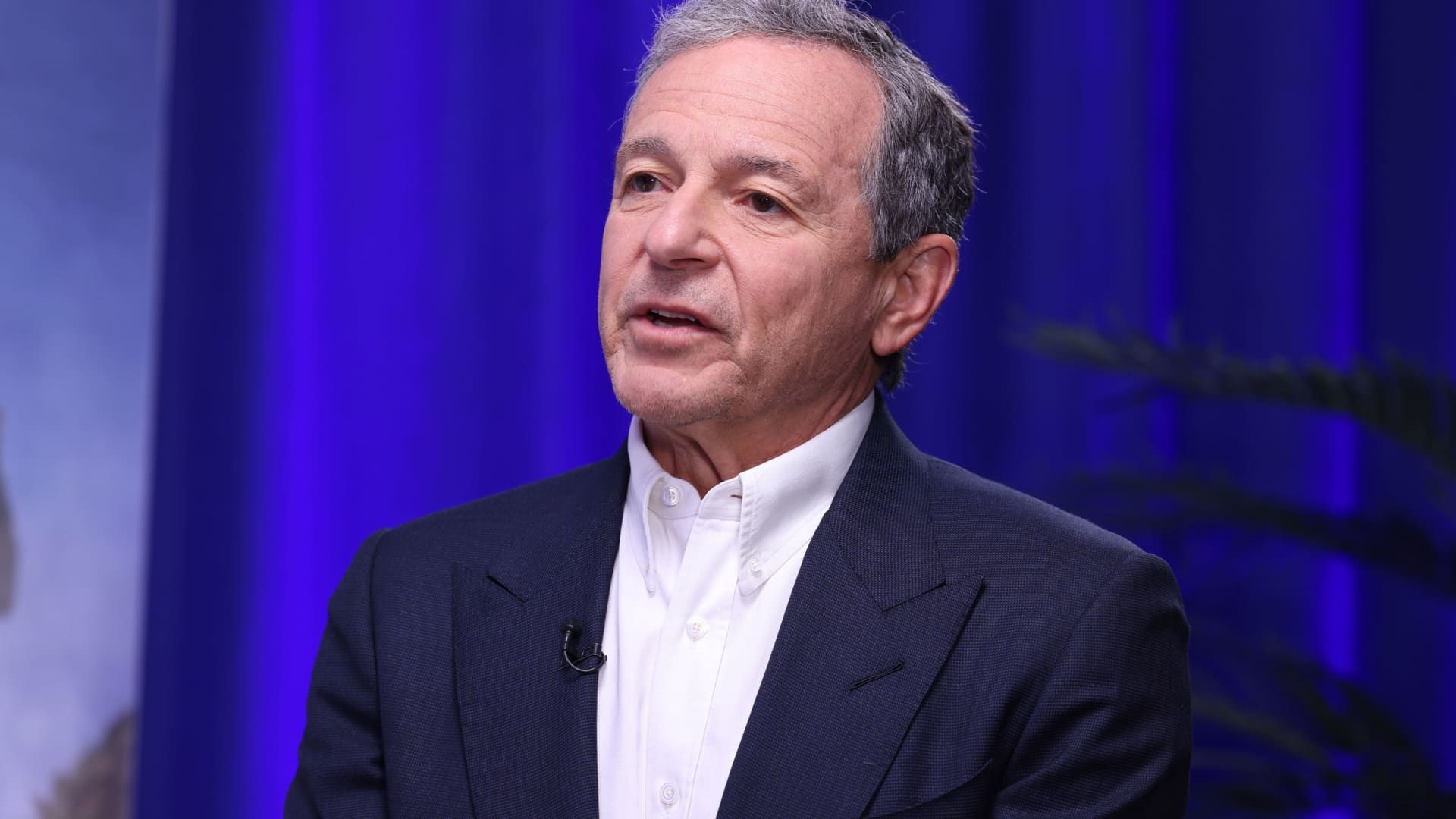With quarterly beat, Procter & Gamble shows ability to win in any economy
Procter & Gamble (PG) showed once again its ability to raise prices on its many household staples without damaging sales volume — one of the key reasons to own this stock in an uncertain economic environment. Sales for the three months ended June 30 rose 5% year over year, to $20.55 billion, ahead of analysts' forecasts of $19.98 billion. Adjusted earnings-per-shar e (EPS) of $1.37 outpaced consensus estimates of $1.32 per share, representing growth of 13% versus the year ago period. Bottom line The consumer staples giant — behind household names like Tide and Gillette — delivered solid fiscal fourth-quarter results with a top-and-bottom-line beat that included robust organic growth and very strong gross-margin performance. We've long been expecting to see gross margins expand as commodity-cost inflation eases on the premise P & G can hold the line on sales prices. The company also delivered organic growth in all product categories and across all geographies in which it operates. P & G's strong "demand elasticity" means the company can raise prices on its staples without taking a large hit on sales volumes. To this point, a 7% increase in price and 2% top line benefit from the sales mix was only partially offset by a 1% decline in total sales volume. Foreign exchange was a 3 percentage point headwind not reflected in organic growth. But it's also encouraging to see that management expects the currency headwind to ease to a roughly 1 percentage point headwind in FY2024. One noteworthy point management made on its call with investors was that over the past two years nearly half of P & G's earnings were "wiped out" by elevated commodities transportation and foreign-exchange costs. Still, the team managed to grow the bottom line and hit 7% top-line organic growth in both of those years while growing market share and investing in innovation. This quarter is a testament to the team's ability to execute in a difficult operating environment with stubbornly high inflation. It also foreshadows the performance we can expect to see from the company as we lap this past year and look to a more advantageous economic backdrop. For the full fiscal year 2024 guidance was in-line for top-line organic growth, though a tad light for earnings at the midpoint. Management is likely being careful here, noting that the economic and geopolitical uncertainties are "putting pressure on consumer confidence and household budgets." On the bright side, the company also said supply chains and input costs have become more stable. We are reiterating our 2 rating — meaning we'd buy shares on a pullback — as well as our price target of $168. Guidance For fiscal year 2024, sales are expected to grow in the range of 3% to 4%, while organic growth is expected to be in the range of 4% to 5%. Foreign exchange is expected to pose a one-percentage-point headwind to overall sales growth for the year. The organic growth guide is in-line with expectations at the midpoint. Diluted earnings per share are expected to be in the range of $6.25 to $6.43, representing an increase of 7.5% at the $6.34 midpoint. That's a few cents short of the Street's estimate of $6.37. But it does bracket the estimate nicely and likely includes some conservatism on management's part given that this is the initial guide for the full year and the path ahead remains uncertain. Guidance includes an estimated $400 million after-tax benefit from lower commodity costs after accounting for unfavorable foreign exchange dynamics. Additionally, Procter & Gamble continues to target adjusted free cash flow productivity of 90% and aims to pay over $9 billion in dividends to shareholders during the year, while returning an additional $5 to $6 billion via share repurchases. On the call, management said price will become less of a driver of top-line sales growth as we move past this highly inflationary period with modest volume growth coming back into focus. They also said commodity and material costs were expected to fall further, which would generate greater flexibility to "invest more in value-accretive innovation and marketing opportunities." Fourth quarter Though not every line item was a beat, the combination of a top-and-bottom-line beat, better-than-expected organic sales growth and gross margin expansion serves to offset weakness elsewhere. At the company level, the team has now notched seven straight quarters of 5% or better organic sales growth. While adjusted free cash flow came up short, it wasn't a huge miss. Also, it encouragingly represents adjusted free cash flow productivity — the ratio of adjusted free cash flow to net earnings — of 136%, indicative of higher quality earnings and a crucial indicator of management's ability to keep raising the dividend year after year while returning additional cash to shareholders via buybacks. On that note, management returned about $2.3 billion to shareholders in the quarter via dividends. Though operating margin performance was weaker than forecast, we saw healthy expansion compared to a year ago and some of the miss is attributable to spending more on marketing, a factor that surely supported sales volumes despite price increases. Notably, all 10 major product categories posted organic sales growth in the quarter, with five growing double digits. The strong performance was also broad-based geographically with all seven major operating regions putting up organic growth as focus markets — the largest and most profitable markets representing about 80% of sales and 90% of after-tax profit — were up 7% in the quarter. Enterprise markets, which are smaller but have higher growth potential, rose 13% versus last year. Highlights of the company's regional performance, starting with focus markets: The U.S. had 6% organic sales growth with three percentage points coming from volume growth. This represents the first quarter of volume growth in the U.S. in five quarters. China reported 4% organic growth. Management says it sees a sequential market recovery but (as expected) at a slow pace. Focus markets in Europe grew 12% organically "despite volume pressure from wider pricing gaps." As for enterprise markets, Latin America led the way, growing 22% organically. (Jim Cramer's Charitable Trust is long PG. See here for a full list of the stocks.) As a subscriber to the CNBC Investing Club with Jim Cramer, you will receive a trade alert before Jim makes a trade. Jim waits 45 minutes after sending a trade alert before buying or selling a stock in his charitable trust's portfolio. If Jim has talked about a stock on CNBC TV, he waits 72 hours after issuing the trade alert before executing the trade. THE ABOVE INVESTING CLUB INFORMATION IS SUBJECT TO OUR TERMS AND CONDITIONS AND PRIVACY POLICY , TOGETHER WITH OUR DISCLAIMER . NO FIDUCIARY OBLIGATION OR DUTY EXISTS, OR IS CREATED, BY VIRTUE OF YOUR RECEIPT OF ANY INFORMATION PROVIDED IN CONNECTION WITH THE INVESTING CLUB. NO SPECIFIC OUTCOME OR PROFIT IS GUARANTEED.
Procter and Gamble Co. Charmin brand toilet paper is arranged for a photograph taken in Hastings on Hudson, New York, U.S., on Saturday, Oct. 17, 2020. Proctor & Gamble Co. is scheduled to release earnings figures on October 20. Photographer: Tiffany Hagler-Geard/Bloomberg via Getty Images Tiffany Hagler-Geard | Bloomberg | Getty Images
Source: CNBC


